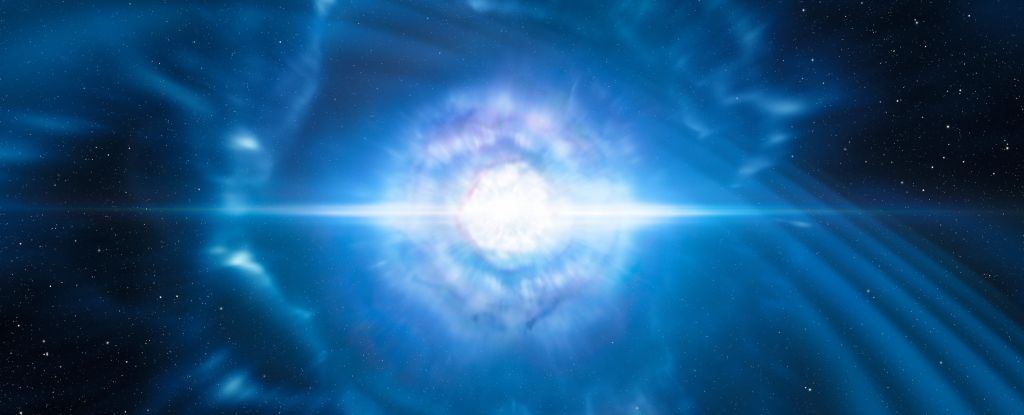Ancient stars created elements heavier than anything found in nature
- December 9, 2023
- 0
Stars at the beginning of time must have been capable of creating elements much heavier than those found naturally on Earth or in the wider universe. A group
Stars at the beginning of time must have been capable of creating elements much heavier than those found naturally on Earth or in the wider universe. A group

Stars at the beginning of time must have been capable of creating elements much heavier than those found naturally on Earth or in the wider universe. A group of astronomers led by Ian Roederer of the University of Michigan reached this conclusion after examining 42 stars in the Milky Way whose chemical composition could only be explained by the previous production of elements with atomic masses greater than 260.
Most of the elements in the universe, that is, everything heavier than hydrogen, were created by stars. The first method of their creation is synthesis. At the heart of the star is an engine that mixes atoms to form heavier elements. The heaviest element this process can produce is iron. The conversion of iron into heavier elements requires much more energy than it produces, at which point the star self-destructs.
Another way is about this self-destruction. During supernova explosions, when a star dies, and in kilonova explosions, when two neutron stars collide, conditions are created for a rapid neutron capture process, or r-process. This is when a lot of free neutrons floating around attack existing nuclei, creating a heavier element. This requires a truly extremely energetic environment, such as a supernova explosion.
Moreover, it happens very quickly; This is where the “fast” part of the name comes from. This process has been confirmed to produce elements such as gold, platinum, thorium and uranium. But there’s still a lot we don’t know about how elements are created.
“We do not have a clear idea of how many different types of sites can form the R-process in the universe, we do not know how the R-process will end, and we cannot answer questions such as how it happens. How many neutrons can you add?
“Or how heavy can an element be? “So we decided to look at elements that could be produced through fission in some well-studied old stars to see if we could answer some of these questions.”
Another way we know elements can form is through nuclear fission. This is when an atom breaks apart rather than fusing together, resulting in a less massive element. The chemical composition of the 42 stars in the Milky Way studied by Roederer and his team has been well studied and determined.
The first stars in the universe consisted mostly of hydrogen. They created elements in their cores and died, seeding the surrounding space with elements adopted by subsequent generations of stars. The stars the team examined are known to contain elements produced by the r-process during supernova explosions.
But the researchers were not looking for r-process elements. They looked for elements that could be fission products, such as ruthenium, rhodium, palladium and silver. And instead of looking at stars individually as is usually the case, the researchers looked at them as a group.
And they found a pattern. If the metals the team studied were produced by the r-process, some other elements would be expected to be present in certain abundances. There were no such coefficients. The team concluded that this showed that these elements came from fission.
This means that the first stars from which these metals were derived must have produced elements much heavier than atomic mass 260, which then split into lighter, more stable elements. We have not observed these elements anywhere in nature. We’ve seen these in the laboratory, but their half-lives are so short that they break down almost instantly.
But research suggests that looking for potential fission products can tell us how likely or common their formation might be in the wider universe.
Source: Port Altele
As an experienced journalist and author, Mary has been reporting on the latest news and trends for over 5 years. With a passion for uncovering the stories behind the headlines, Mary has earned a reputation as a trusted voice in the world of journalism. Her writing style is insightful, engaging and thought-provoking, as she takes a deep dive into the most pressing issues of our time.